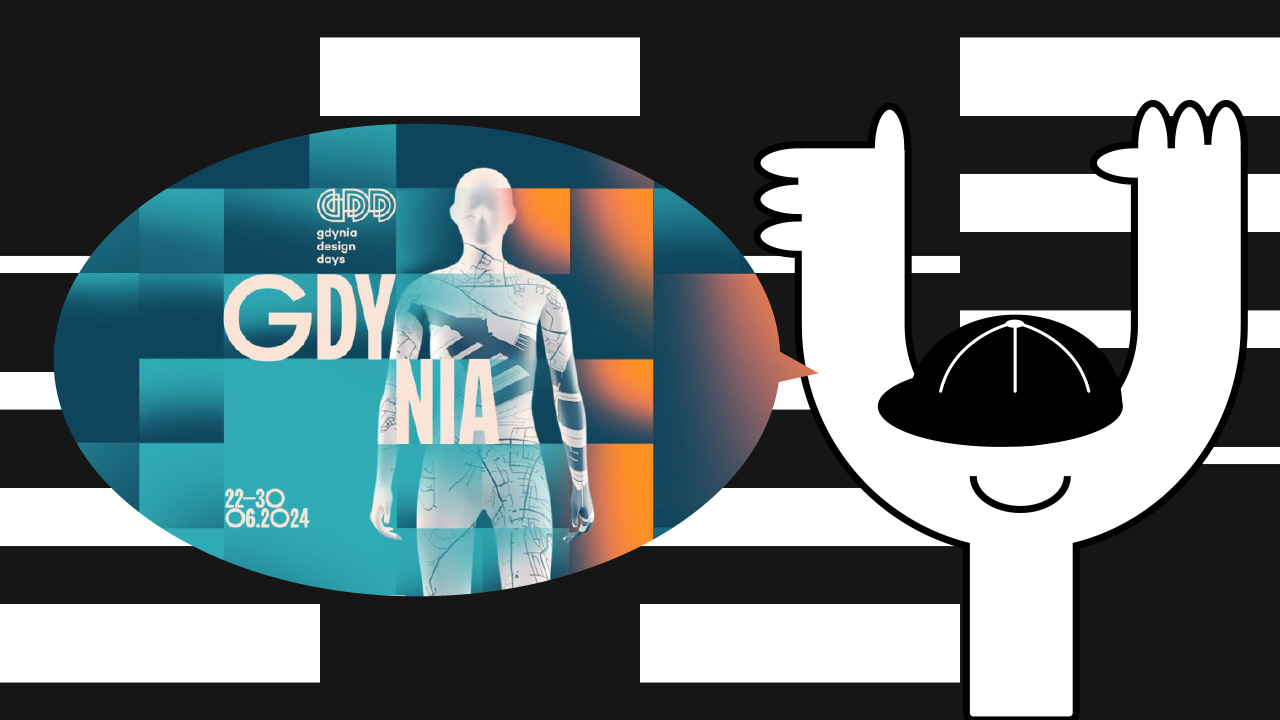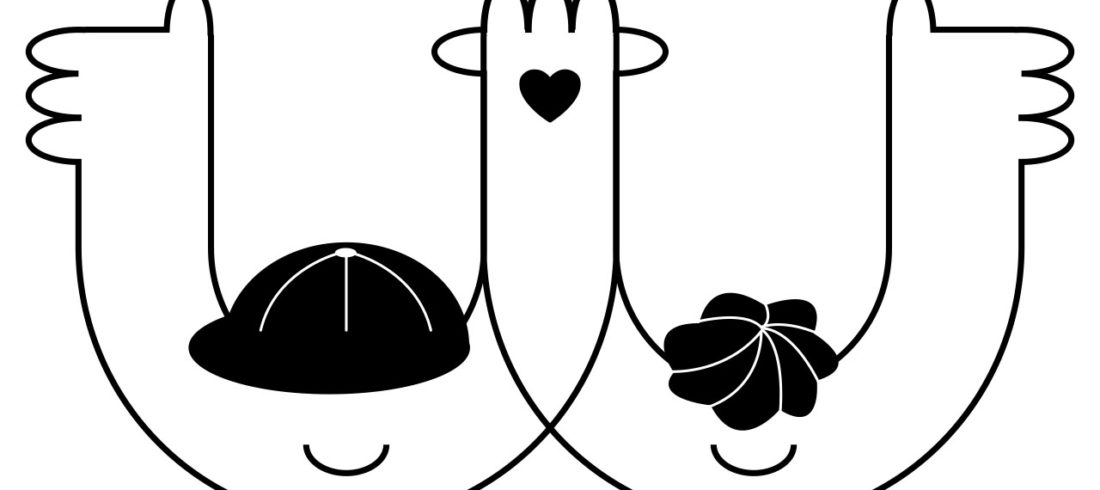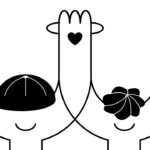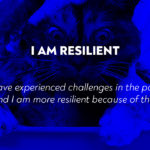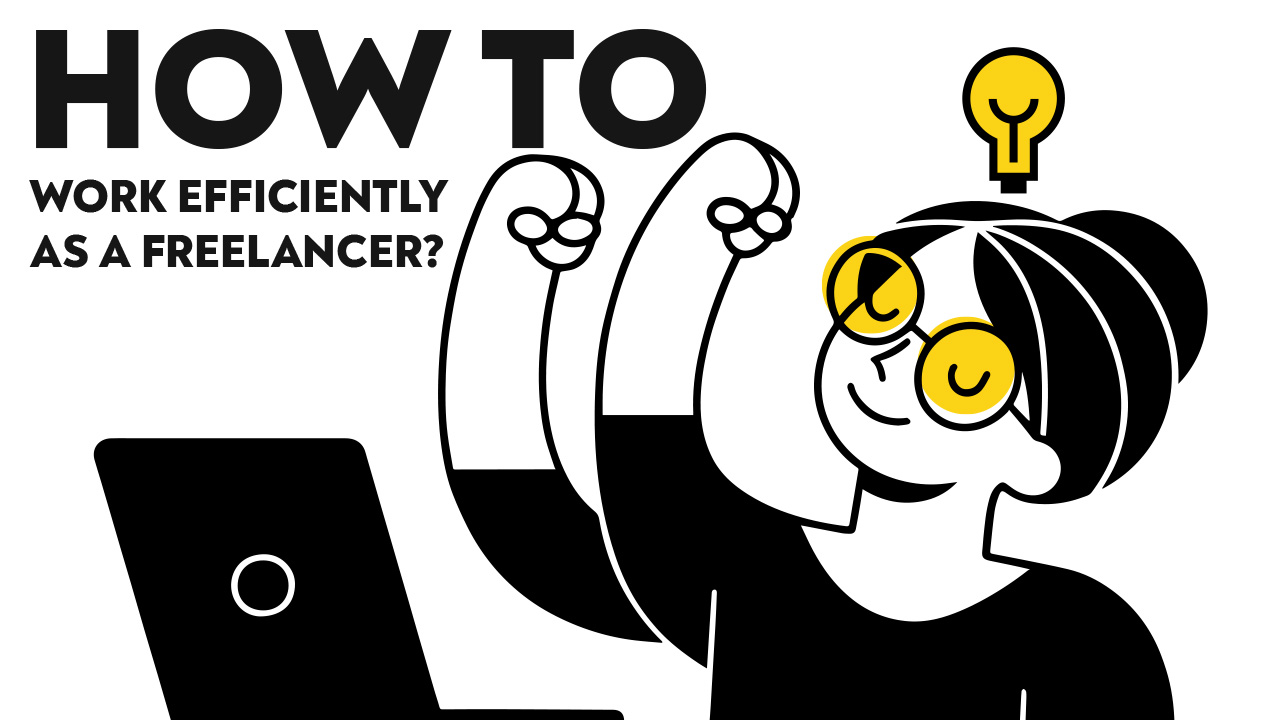
Wstęp
Wszystko może być nagrodą, a Ty najlepiej wiesz, co zadziała na Ciebie. Kluczowym elementem jest stworzenie mechanizmu, który pozwoli Ci utrzymać stałą motywację. Pozytywne sprzężenie zwrotne może zwiększyć kreatywność i jakość wykonywanej pracy, dzięki poczuciu satysfakcji ze swoich wysiłków. Wprowadzając system nagród, stworzysz bardziej uporządkowane i satysfakcjonujące środowisko pracy, co przełoży się na trwałą motywację i efektywność. Nie myl tego z dogadzaniem sobie – wręcz przeciwnie, to strategiczne narzędzie wspierające motywację, dbanie o zdrowie psychiczne i podnoszenie produktywności. W efekcie przyczynia się do bardziej udanej, satysfakcjonującej i efektywnej pracy freelancera.
Początkujący freelancerzy często uważają, że największą przeszkodą w ich drodze jest wysoki próg wejścia – zdobycie pierwszych klientów i projektów jest niezwykle trudne. Ale potem dostajesz pierwsze zlecenie. Otwierasz laptop, pełen ekscytacji, że stajesz się swoim własnym szefem i możesz planować dzień według własnych zasad. Zaczynasz pracę. Mija 15 minut. No tak, trzeba napić się wody! Wracasz. Co to? Powiadomienie? Przeglądasz telefon. OK, czas wracać do pracy. Ale najpierw odpowiesz na kilka maili. I zanim się obejrzysz, minęła godzina. Nic jeszcze nie zrobiłeś.
Gdzie leży problem? Niektórzy powiedzą, że to dostępność rozpraszaczy w najbliższym otoczeniu. Inni stwierdzą, że brak jasnego systemu pracy, który pozwalałby skupić się na zadaniach. My podchodzimy do tego bardziej holistycznie. Dla nas to objaw braku efektywności. Ale spokojnie, to zupełnie normalne. Bycie freelancerem wymaga zmiany sposobu myślenia. W końcu cały świat jest stworzony w ramach systemu 9-17. Wyjście poza te ramy i wzięcie pełnej odpowiedzialności za własne działania wymaga odwagi oraz zupełnie innej perspektywy na pracę. Oto nasz sposób na zwiększenie efektywności – zestaw praktyk, które sprawdziły się w naszej działalności.
Jak zacząć?
Sposoby na poprawę efektywności można podzielić na dwie kategorie: te, które wdrażasz podczas samej pracy, oraz tzw. „prewencyjne” – czyli takie, które tworzą sprzyjające warunki dla produktywności już na samym początku. Zacznijmy od tych drugich. Oto, jak się przygotować, aby maksymalnie zwiększyć swoją efektywność i stworzyć solidne podstawy sukcesu!
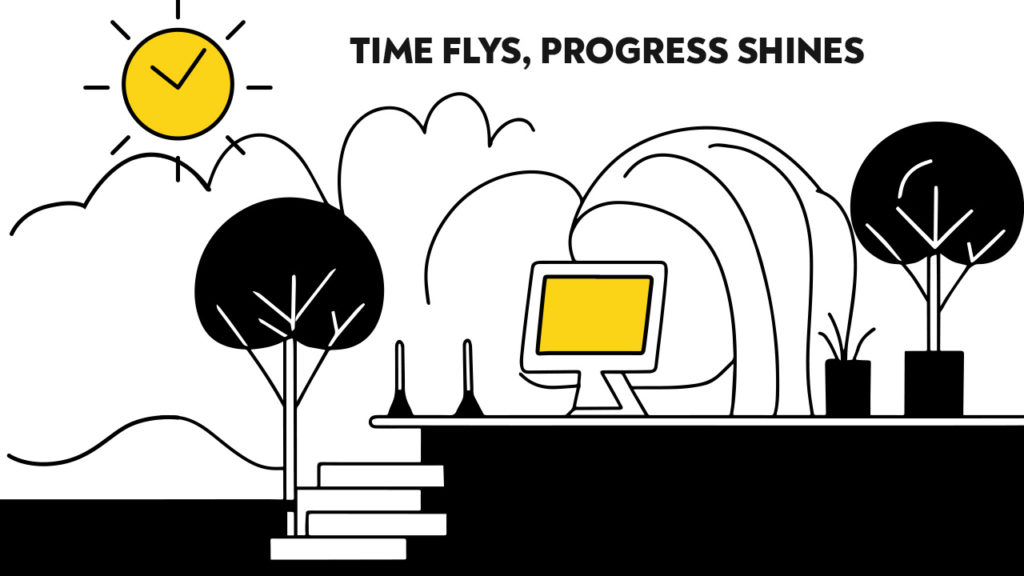
Eliminacja rozpraszaczy
Choć to oczywiste, zawsze warto o tym wspomnieć. Potrzebujesz przestrzeni, która sprzyja produktywności i pomaga Ci skupić się na zadaniach. Jeśli Twój telefon leży obok, nie oszukujmy się – na pewno będziesz sprawdzać powiadomienia. Nawet krótka chwila przerwy może, nie tylko zabrać Twój czas, ale przede wszystkim przerwać „flow”, które jest kluczowe dla wydajnej pracy. Uporządkuj swoje otoczenie, użyj odświeżacza powietrza, włącz tryb samolotowy w telefonie i, jeśli to konieczne, załóż słuchawki z redukcją hałasu.
Eliminacja rozpraszaczy nie musi oznaczać kompletnie pustego biurka. Może to być tak proste, jak zmiana otoczenia. Niektórzy freelancerzy pracują bardziej efektywnie w przestrzeniach coworkingowych, kawiarniach, a nawet w parkach czy lasach. Wyraźny podział między przestrzenią do życia a miejscem pracy może znacznie poprawić koncentrację.
Ustalanie priorytetów
Jak zdecydować o kolejności zadań w ciągu dnia? Jeśli nie ustalisz priorytetów, trudno będzie Ci określić kolejność realizacji projektów. Ustalanie priorytetów samo w sobie nie tworzy automatycznie porządku, ale znacząco ułatwia jego zaplanowanie. Warto opracować system, który pomoże Ci efektywnie wykonywać zadania.
Jak taki system może wyglądać? Na przykład możesz podzielić zadania według stopnia złożoności jeszcze wieczorem poprzedniego dnia. Następnie zacznij od tych najtrudniejszych, by pod koniec dnia cieszyć się lżejszymi zadaniami. Alternatywnie możesz rozpocząć od tych najprostszych, by uporządkować myśli przed bardziej wymagającymi wyzwaniami. Możesz również opracować własną kolejność, dostosowaną do Twojego stylu pracy.
Taka metodologia to świetny punkt wyjścia – w końcu tylko Ty wiesz, jakie kryteria są dla Ciebie najważniejsze. Możesz zastąpić złożoność terminem realizacji lub szacowanym czasem, jaki zajmie wykonanie zadania. Oto prosty schemat, jak ustalać priorytety:
- Określ kryteria, według których podzielisz zadania;
- Ustal zasady, według których uporządkujesz zadania w ramach kategorii;
- W ten sposób ustalisz priorytety!
Dobrą praktyką jest rozpoczynanie dnia z gotowym planem kolejności zadań. Dzięki temu nie tracisz rano czasu na ustalanie, co robić najpierw. Zalecamy, by taki plan przygotowywać na koniec poprzedniego dnia.
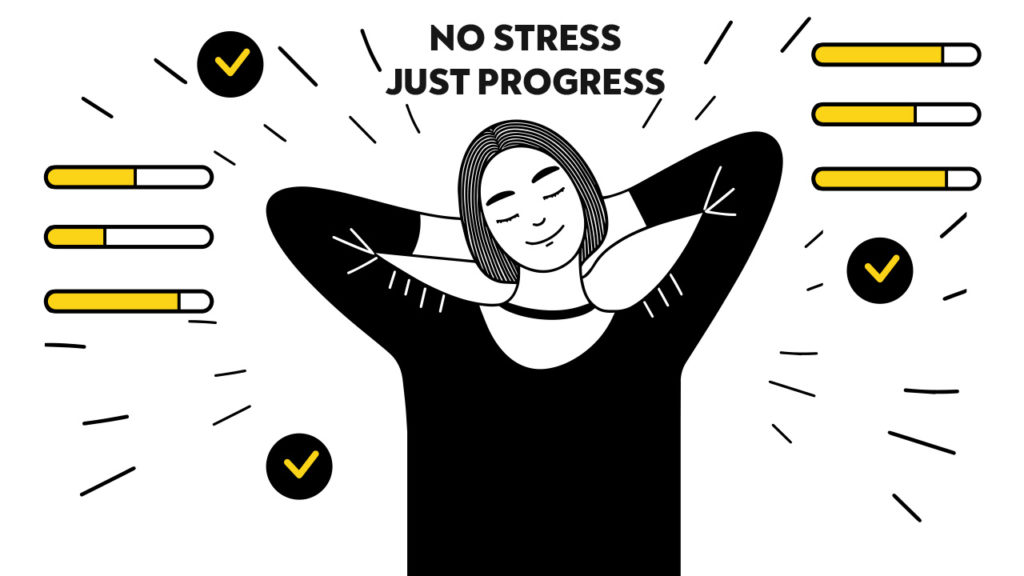
Jasny plan działania (workflow)
Przed przystąpieniem do pracy warto stworzyć jasny plan, który będziemy sukcesywnie realizować. Jak dzielisz swoje zadania? Jak mierzysz postępy? Workflow to zestaw zasad i praktyk, które pomagają Ci uporządkować sposób działania.
Gotowe metody, takie jak „Getting Things Done” czy tablice Kanban, są świetnymi przykładami sprawdzonych systemów. Wypróbuj różne podejścia i wybierz to, które działa najlepiej dla Ciebie. Jeśli coś się sprawdza – korzystaj z tego!
Działaj
Zastosowałeś wszystkie opisane wcześniej kroki. Jesteś gotowy, aby rozpocząć pracę i działać bardziej efektywnie niż kiedykolwiek wcześniej. Jednak nawet najlepsze przygotowanie nie zawsze przekłada się na produktywność. W rzeczywistości pracy bardzo łatwo ulec rozproszeniu i wpaść w pułapkę robienia rzeczy zupełnie niezwiązanych z Twoimi zadaniami.
Dziel pracę na mniejsze części
Rozpoczynając projekt i zabierając się od razu do pracy, łatwo stracić z oczu drobne szczegóły, skupiając się wyłącznie na ogólnym obrazie. Jak tego uniknąć? Przed rozpoczęciem stwórz Definicję Zakończenia (Definition of Done) – listę kontrolną obejmującą wszystkie czynności, które składają się na projekt. Dopiero po wykonaniu każdego z punktów możesz uznać projekt za ukończony.
Jak takie podejście poprawia efektywność? Bez jasno określonych wymagań dla zakończenia projektu możesz przeoczyć drobne szczegóły. Klient wtedy wraca z prośbą o drobną poprawkę, która zajmie tylko 15 minut. Może się wydawać, że to niewiele, ale potrafi całkowicie wytrącić Cię z rytmu pracy, co skutkuje stratą znacznie większej ilości czasu w ciągu dnia.
Dzieląc pracę na mniejsze fragmenty, zyskujesz dodatkowe korzyści. Mniejsze zadania wymagają mniej energii mentalnej i nie wydają się tak przytłaczające jak cały projekt. Co więcej, każde ukończone zadanie daje poczucie osiągnięcia. Może nie skończyłeś jeszcze całego projektu, ale zakończyłeś 5 zadań. Taka zmiana perspektywy może mieć ogromny wpływ na Twoje nastawienie i motywację.
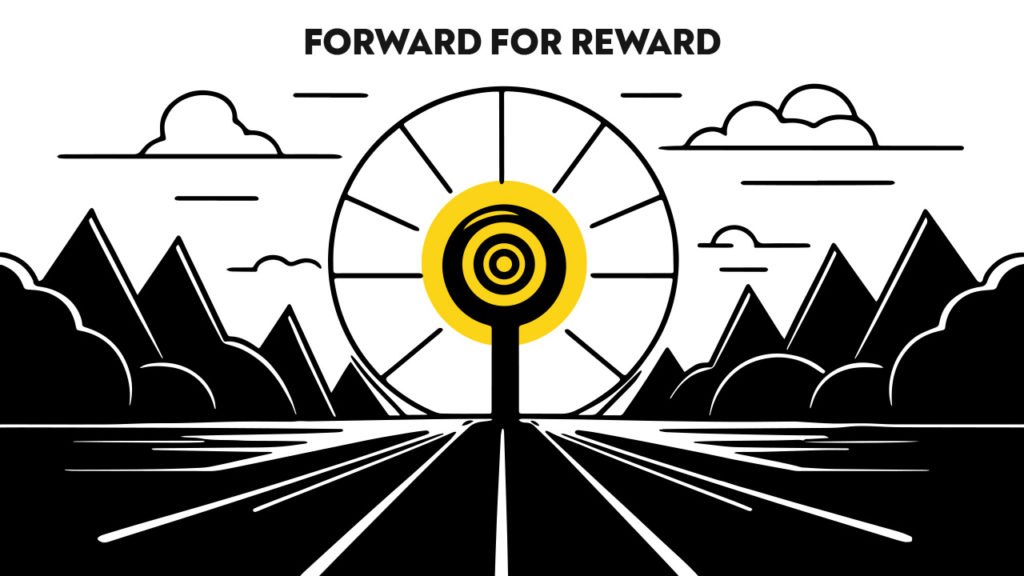
Stwórz własny system nagród
Nawet najtrudniejsze zadanie staje się łatwiejsze, jeśli masz na co czekać. Stwórz regułę nagradzania siebie – np. po pozytywnym komentarzu od klienta wybierz się do ulubionej kawiarni.
W przeciwieństwie do tradycyjnego środowiska pracy, jako freelancer trudno o stałą informację zwrotną, która daje poczucie dobrze wykonanej pracy. Dlatego niezwykle ważne jest, abyś potrafił zapewnić sobie takie wsparcie samodzielnie. Stwórz regułę, która uwzględnia nagradzanie siebie za osiągnięcia. Na przykład za każdym razem, gdy otrzymasz pozytywny komentarz na temat swojej pracy, wybierz się do ulubionej kawiarni. Dzięki temu nie tylko utrzymasz motywację, ale także zbudujesz pozytywne nawyki, wspierające Twoją produktywność.
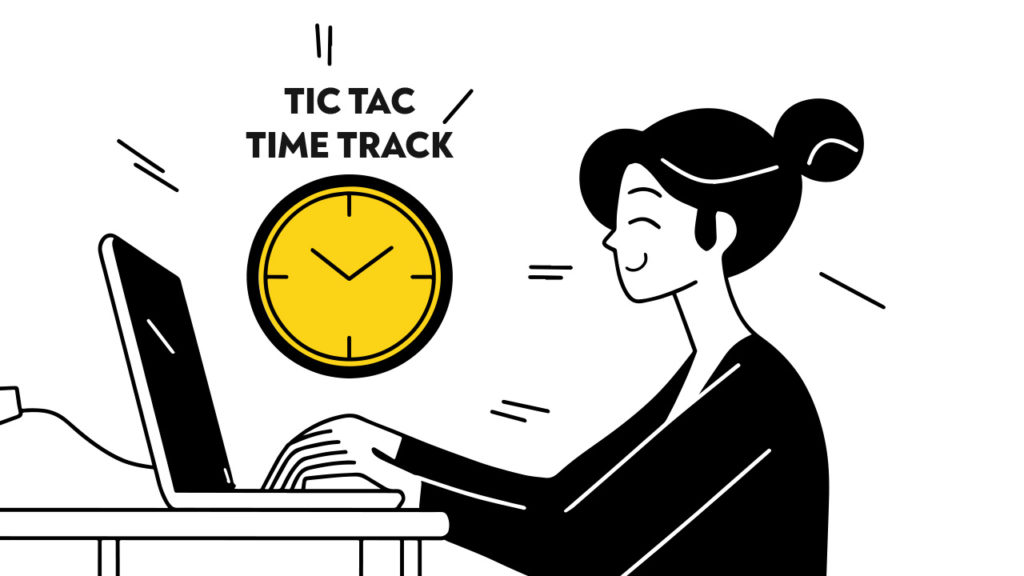
Mierz swój czas
Śledzenie czasu w tradycyjnej pracy w godzinach 9-17 jest czymś naturalnym. Natomiast jako freelancer nikt nie kontroluje, ile czasu poświęcasz na poszczególne czynności. Być może tracisz niepotrzebnie zbyt wiele czasu na coś, co normalnie zajęłoby Ci o połowę mniej? Nie dowiesz się tego, dopóki nie zaczniesz śledzić swojego czasu i monitorować postępów.
Dopiero zbierając dane dotyczące swojej pracy, możesz uzyskać rzeczywisty wgląd w swoją produktywność. Efektywność można mierzyć tylko w odniesieniu do konkretnego punktu odniesienia. Dzięki śledzeniu czasu zyskujesz jasny obraz, ile zajmują Ci konkretne zadania, i odkrywasz wzorce w swoim sposobie pracy. Ta wiedza jest bezcenna, pozwalając realistycznie ustalać terminy, dokładnie szacować czas realizacji projektów i upewniać się, że mądrze zarządzasz swoim czasem.
Śledzenie czasu zwiększa także przejrzystość w relacjach z klientami. Możesz dokładnie pokazać, ile czasu poświęciłeś na ich projekty, budując w ten sposób zaufanie i uzasadniając swoje stawki. Szczegółowe raporty i zestawienia bywają szczególnie przydatne w przypadku klientów, którzy wymagają wysokiego poziomu odpowiedzialności i przejrzystości. Co więcej, dzięki zrozumieniu, gdzie ucieka Twój czas, możesz zidentyfikować źródła spadku produktywności, takie jak częste przerwy lub zbyt długie pauzy. Eliminując te przeszkody, możesz zoptymalizować swój workflow i skupić się na priorytetowych zadaniach, co ostatecznie poprawi Twoją efektywność.
Śledzenie czasu pomaga także w utrzymaniu równowagi między pracą a życiem prywatnym. Pozwala rozpoznać momenty, kiedy przesadnie się obciążasz i potrzebujesz przerwy, co zapobiega wypaleniu zawodowemu i pozwala pracować na najwyższych obrotach. Jako freelancer często dążysz do zakończenia projektu za wszelką cenę, co prowadzi do przepracowania, nawet jeśli tego nie zauważasz. Śledzenie czasu to potężne narzędzie, które wspiera produktywność, przejrzystość oraz zdrową równowagę między życiem zawodowym a prywatnym.
Jak pracować efektywnie jako freelancer?
Nie ma uniwersalnego przepisu na efektywność w freelancingu. Każdy ma inne potrzeby i styl pracy, dlatego naszym celem nie było przedstawienie gotowego rozwiązania, lecz zaprezentowanie kilku schematów, które można łatwo dostosować do własnych wymagań.
Najważniejszą lekcją, jaką warto zapamiętać, jest to, że kluczem do efektywności jest stworzenie kompleksowego systemu, który poprowadzi Cię od początku projektu aż po jego zakończenie. Efektywność i koncentracja nie są wrodzonymi zdolnościami – to kwestia tworzenia warunków, które minimalizują przeszkody i wspierają produktywność.
Zdarzą się momenty niepowodzeń – to naturalne. Przez całe życie jesteśmy przyzwyczajani do zupełnie innego modelu pracy. Przejście na freelancing wymaga odwagi, elastyczności i gotowości do eksperymentowania z nowymi metodami. Jednak jeśli tu jesteś, już robisz krok w stronę sukcesu. Powodzenia!

